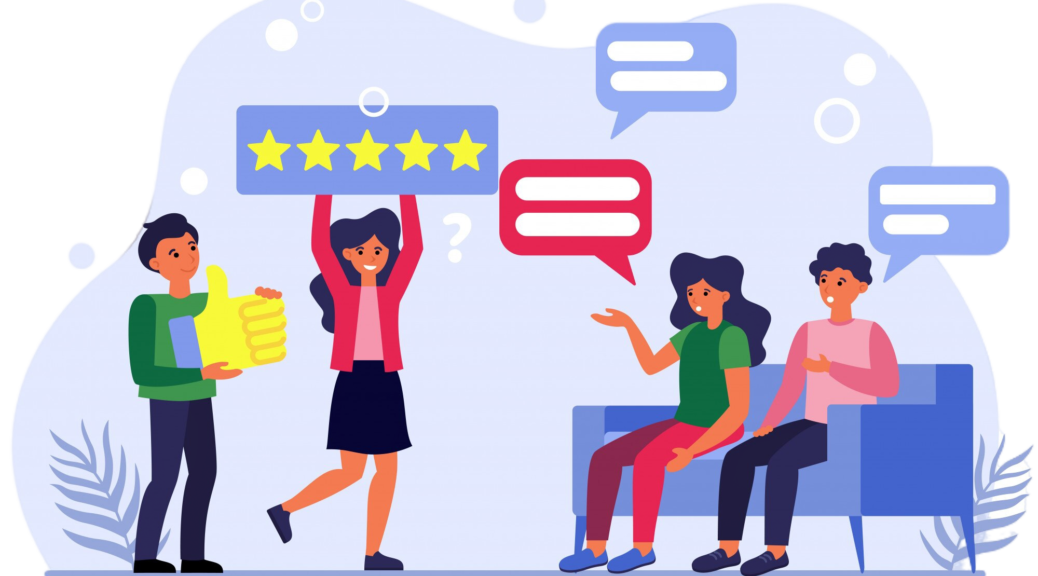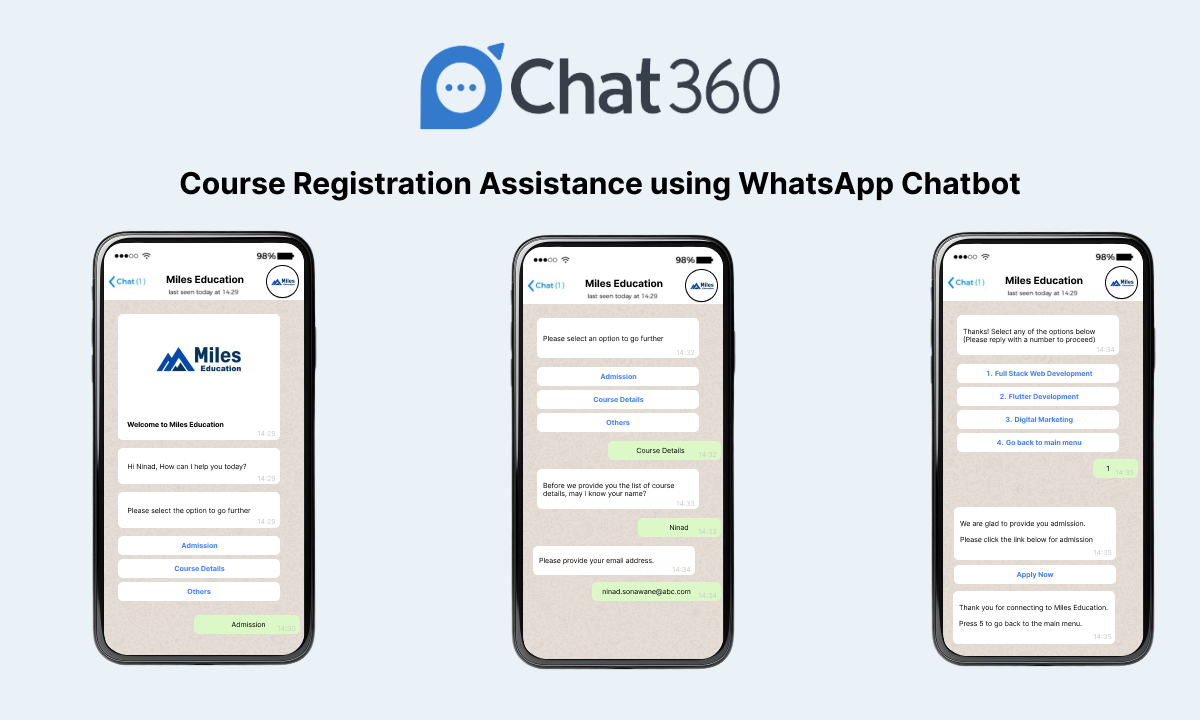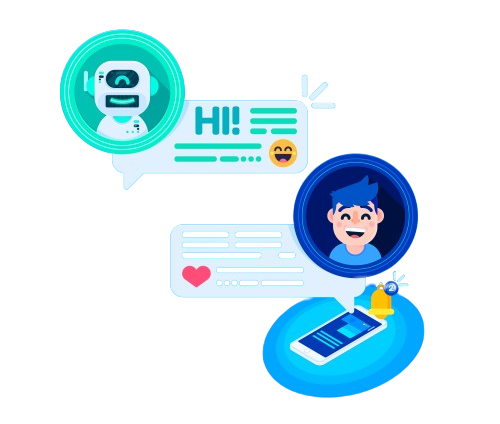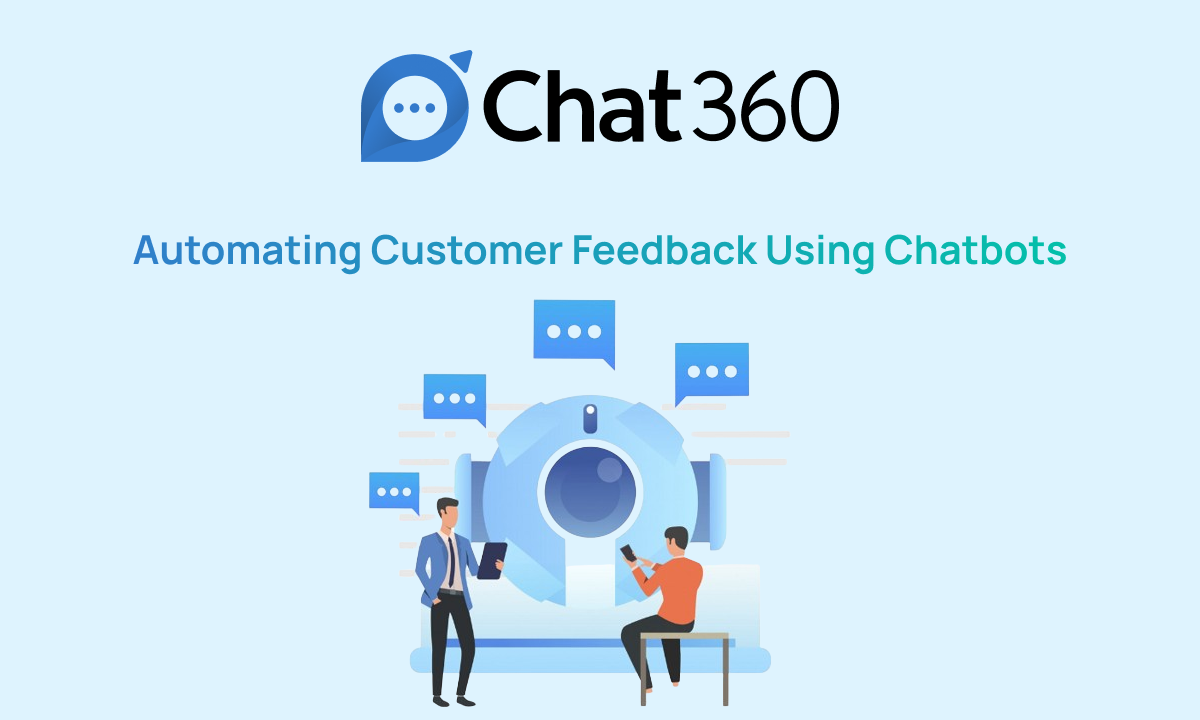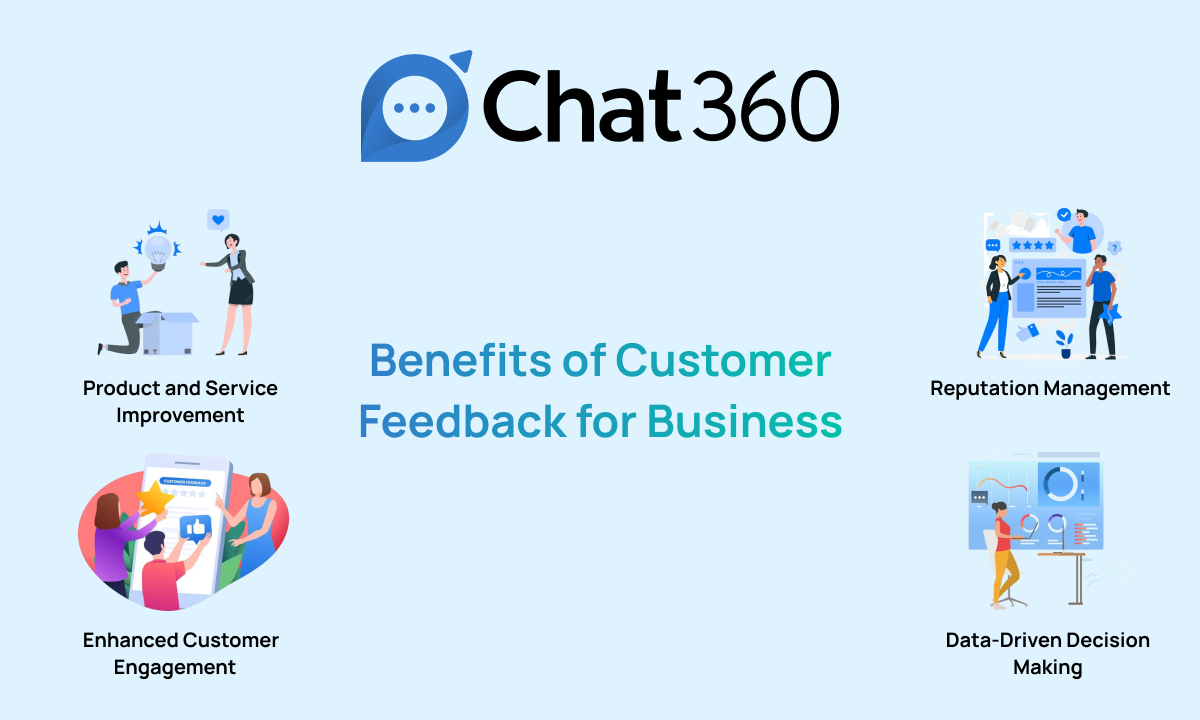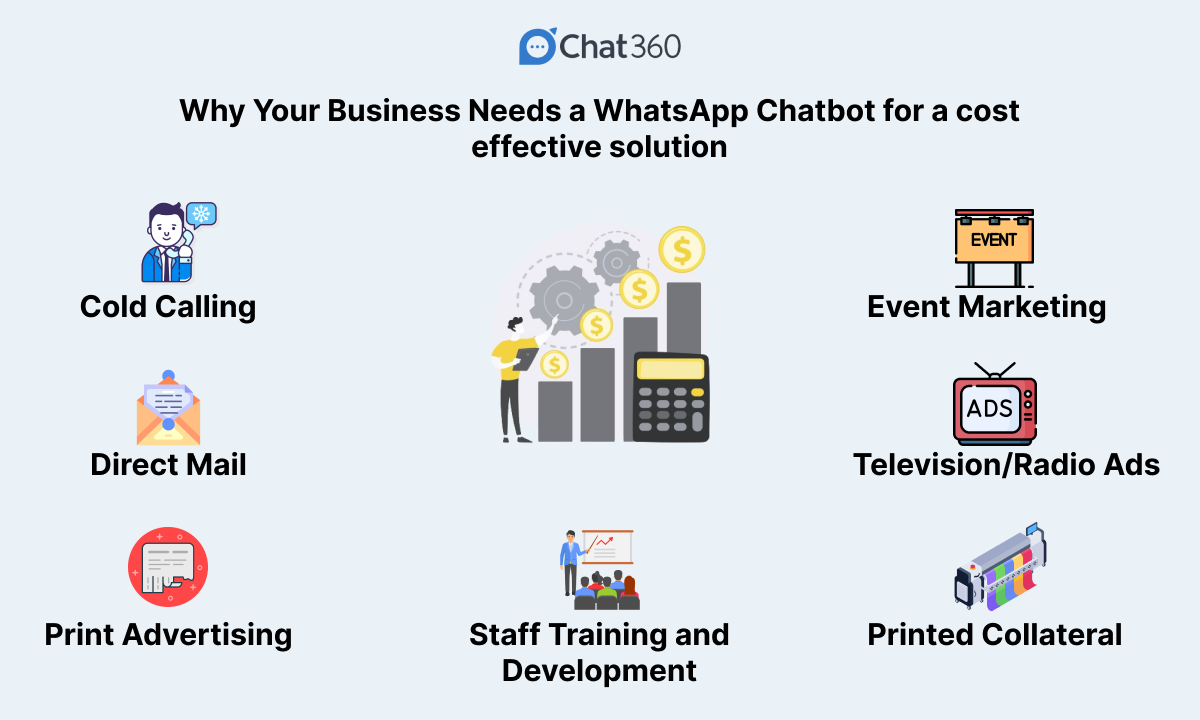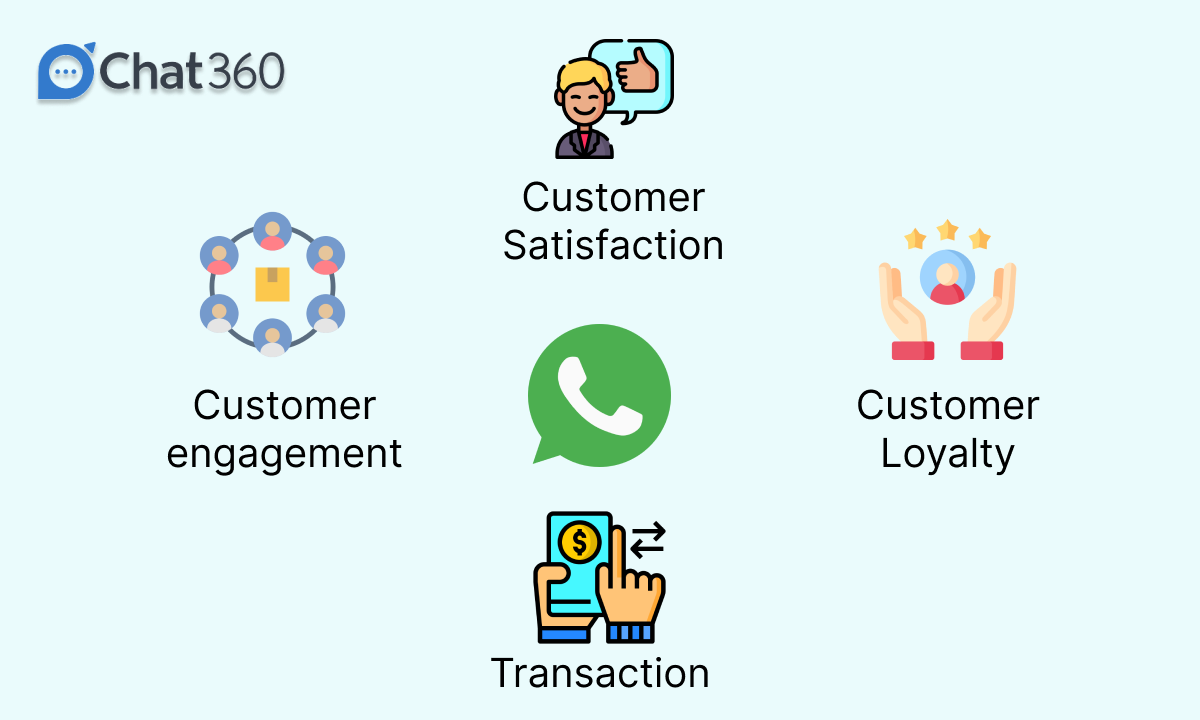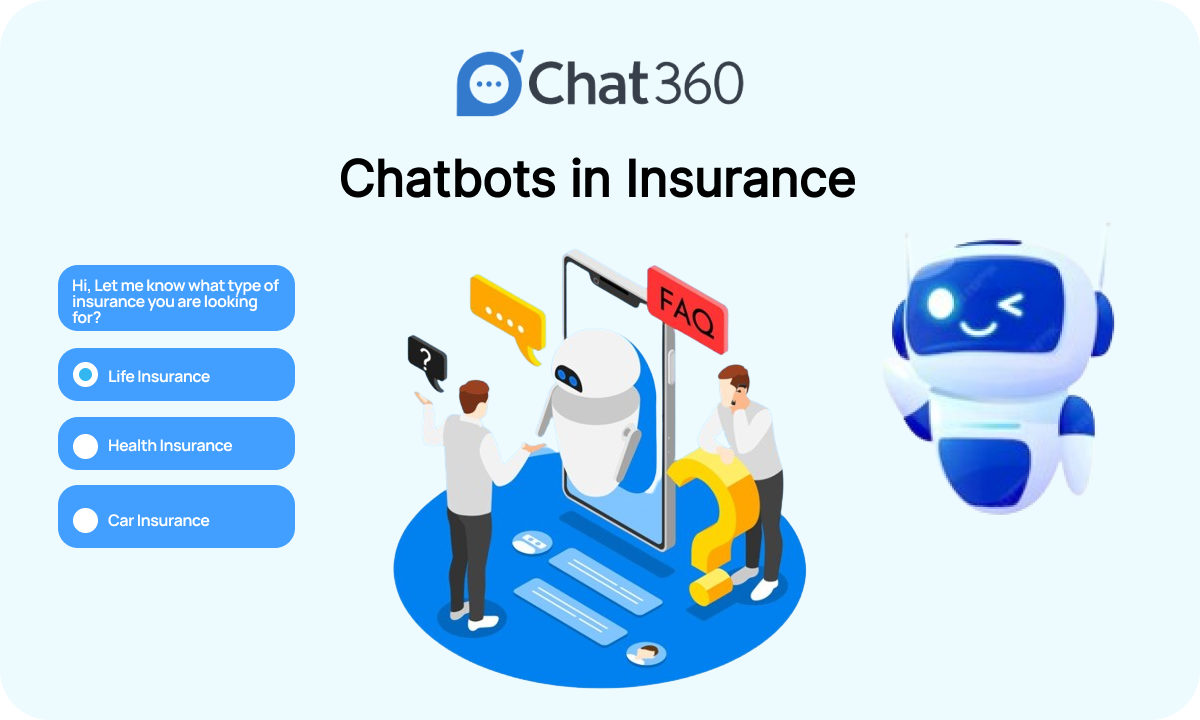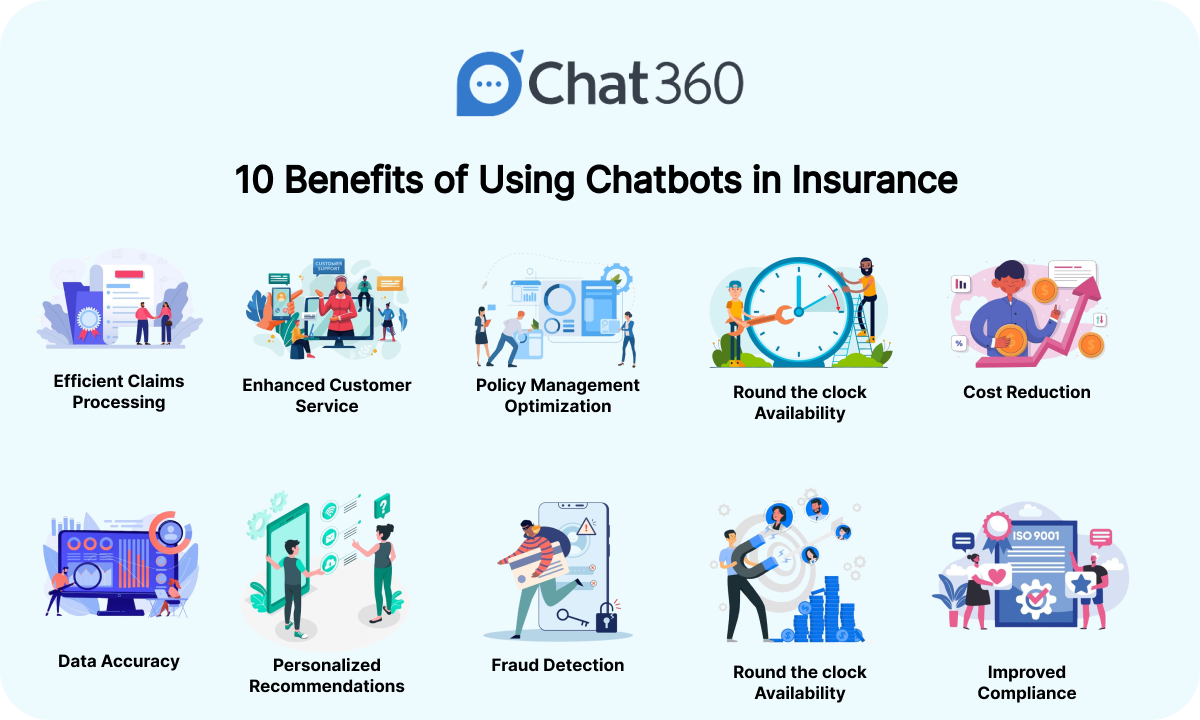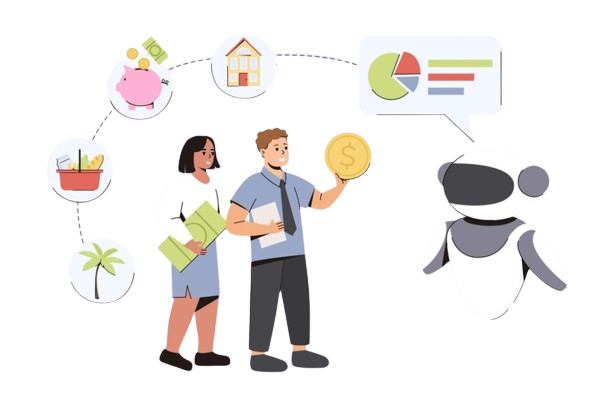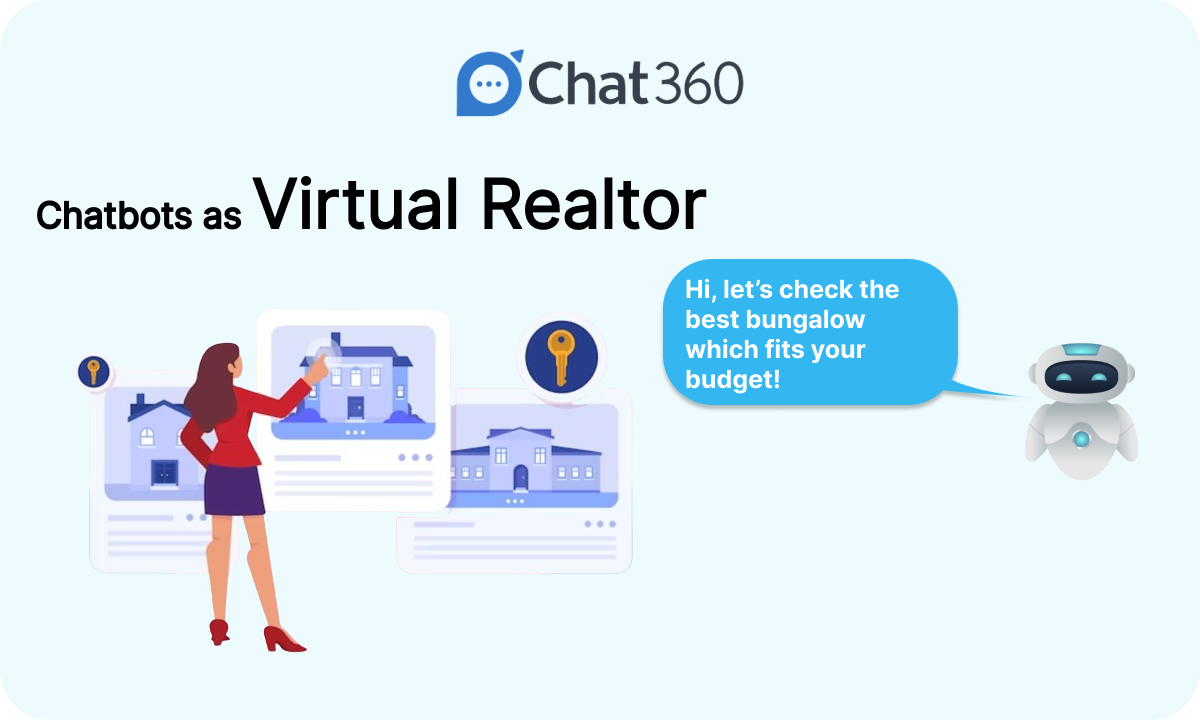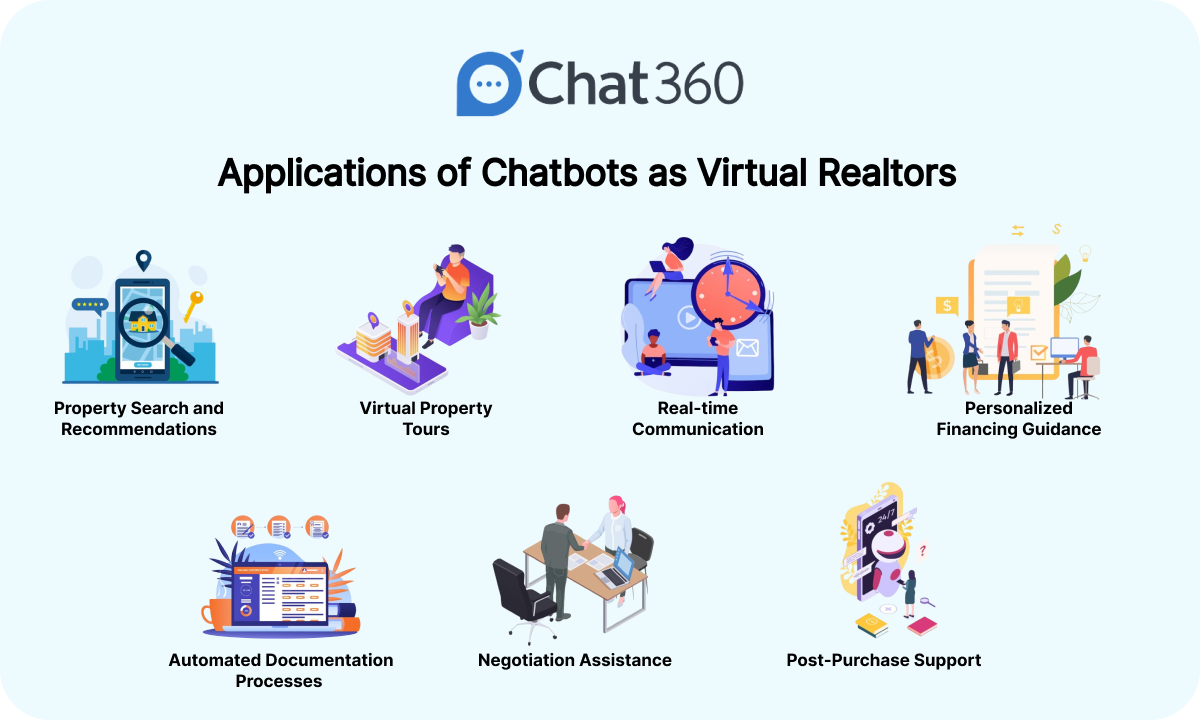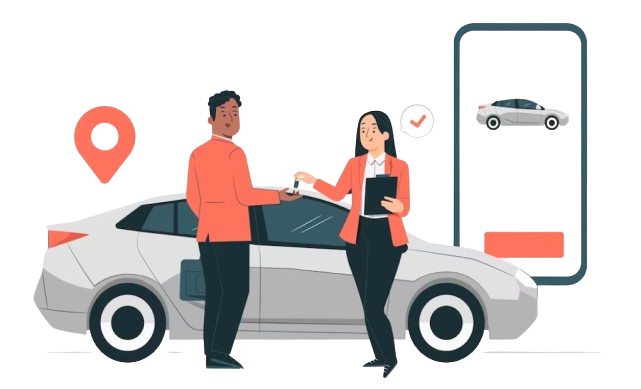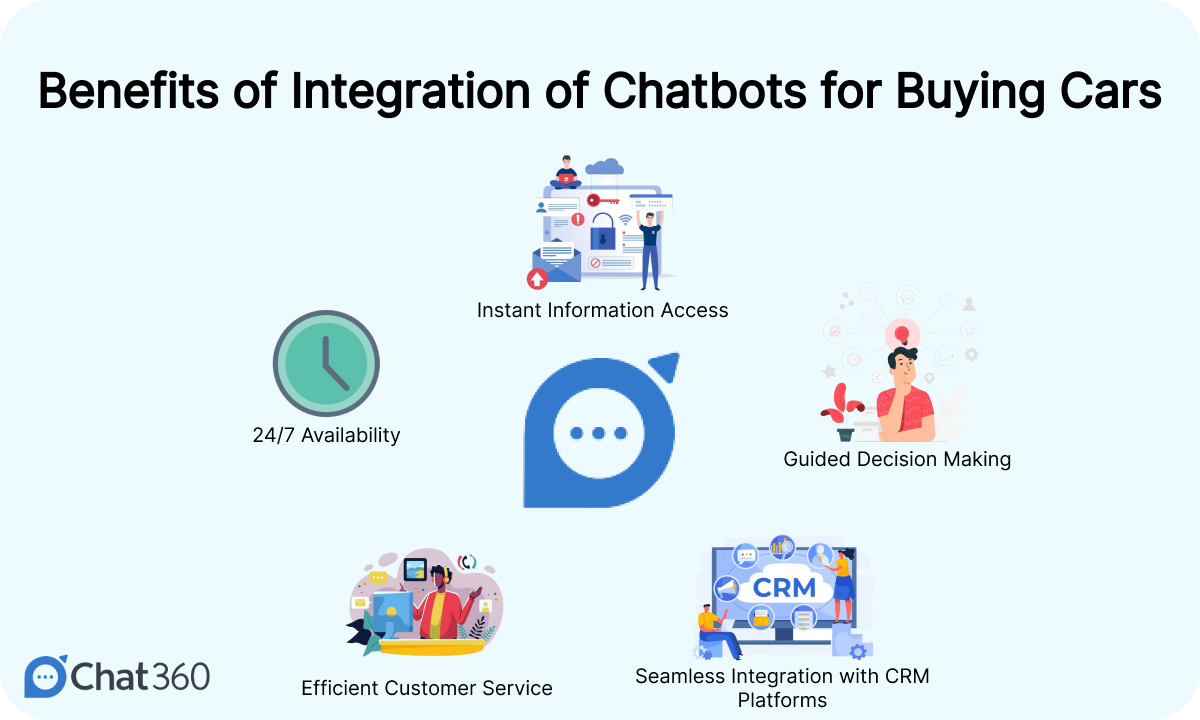Customer satisfaction surveys are straightforward tools that assist companies in understanding how satisfied their customers are with their goods or services.
Through posing a few fundamental questions, companies can learn what customers find satisfactory, what needs improvement, and how to improve their overall experience.
These insights help businesses make intelligent decisions that will increase customer loyalty and satisfaction levels.
What Is a Customer Satisfaction Survey?
A customer satisfaction survey is a tool used by businesses to collect feedback from their customers about their experiences with products or services.
It involves asking a series of questions intended to measure client satisfaction, identify areas in need of development, and gain insight into their overall experience.
Companies can better satisfy client wants and improve their offers by using this feedback to inform their decision-making.
How to Measure Customer Satisfaction
Evaluating how effectively a business meets the requirements and expectations of its customers through its offerings, services, or general experience is part of measuring customer satisfaction.
This is typically accomplished through surveys that request input from clients on a range of aspects of their experience, including value for money, product quality, and service effectiveness.
In order to gather information that is both quantitative and qualitative, these surveys usually contain rating scales and open-ended questions.
Businesses can identify specific strengths and areas for improvement, have a better understanding of overall satisfaction levels, and make data-driven decisions to improve the customer experience by analyzing the responses.
Businesses may make sure they continue to be responsive to client needs and enhance their services by routinely assessing their satisfaction.
Below are the list of parameter by which business can measure the customer satisfaction:
1. Overall Satisfaction: Measures the general contentment of customers with their experience or purchase. Example question: “How satisfied are you with your overall experience?”
2. Product or Service Quality: Evaluates the quality and effectiveness of the product or service provided. Example question: “How would you rate the quality of the product you purchased?”
3. Customer Service Experience: Assesses the efficiency, helpfulness, and professionalism of customer service interactions. Example question: “How satisfied are you with the support you received from our customer service team?”
4. Value for Money: Gauges whether customers feel the product or service provided was worth the price they paid. Example question: “Do you feel you received good value for the money spent on this product/service?”
5. Ease of Use or Navigation: Measures how easy it is for customers to use a product, service, or website. Example question: “How easy was it to navigate our website or app?”
6. Net Promoter Score (NPS): Assesses the likelihood of customers recommending the company to others. Example question: “On a scale of 0 to 10, how likely are you to recommend our company to a friend or colleague?”
7. Customer Effort Score (CES): Evaluates how much effort customers had to put into getting their issue resolved or their needs met. Example question: “How easy was it to resolve your issue with us?”
8. Likelihood to Return: Measures the probability of customers returning for future purchases or interactions. Example question: “How likely are you to purchase from us again in the future?”
Different types of Customer Satisfaction Survey Questions
A variety of question formats are used in customer satisfaction surveys to obtain thorough input from clients. The particular element of the customer experience that you wish to assess will often determine the kind of question that you select. The following are some typical forms of customer survey questions along with the situations in which they are usually asked:
1. Overall Satisfaction Questions
These questions measure the general level of satisfaction with the company’s products or services.
- On a scale of 1 to 10, how satisfied are you with your recent experience with our company?
- How would you rate your overall satisfaction with our product/service?
- Overall, how pleased are you with the quality of your recent purchase?
- How satisfied are you with the overall experience of our service?
- How would you rate your level of satisfaction with the company’s performance?
- How happy are you with your recent interaction with our brand?
- To what extent did our product/service meet your expectations?
- How satisfied are you with the overall value you received from our product/service?
- How would you rate your overall experience with our customer support team?
- How likely are you to continue using our product/service based on your recent experience?
2. Product or Service Quality Questions
These questions focus on evaluating the quality and performance of a product or service.
- How would you rate the quality of the product you purchased?
- How well did our product meet your expectations in terms of quality?
- How satisfied are you with the performance of the service you received?
- How would you evaluate the overall quality of our service?
- Did the product/service perform as you expected?
- How do you rate the durability of the product you bought?
- How satisfied are you with the reliability of the service provided?
- How would you rate the craftsmanship or build quality of the product?
- How well did the product or service resolve your issue or need?
- How would you rate the accuracy of the product/service description?
3. Customer Service Experience Questions
These questions assess the effectiveness and helpfulness of customer service interactions.
- How would you rate the professionalism of our customer service representatives?
- How satisfied were you with the speed of our customer support?
- How would you evaluate the helpfulness of the support you received?
- How easy was it to get in touch with our customer service team?
- How well did our customer service team address your concerns?
- How satisfied are you with the courtesy shown by our representatives?
- How effectively did our support team resolve your issue?
- How clear and informative was the communication from our customer service?
- How would you rate the overall quality of the support interaction?
- How likely are you to seek help from our customer service team in the future?
4. Value for Money Questions
These questions gauge whether customers feel they received adequate value for the price they paid.
- How would you rate the value for money of our product/service?
- Do you feel that the price you paid was justified by the quality you received?
- How satisfied are you with the overall value you received from our product/service?
- How would you assess the cost-effectiveness of our service?
- How do you rate the pricing of our product in relation to its quality?
- How would you evaluate the value of the product/service compared to competitors?
- How satisfied are you with the price you paid for the features offered?
- Do you feel that our product/service was worth the investment?
- How would you rate the balance between cost and benefits of our service?
- How would you rate the affordability of our product/service?
5. Ease of Use or Navigation Questions
These questions measure how easy it is to use a product, service, or navigate a website.
- How easy was it to navigate our website or app?
- How user-friendly did you find our online platform?
- How satisfied are you with the ease of using our product?
- How would you rate the simplicity of our product’s interface?
- How intuitive was the navigation of our website/app?
- How easily were you able to find the information you needed on our site?
- How would you rate the accessibility of features on our platform?
- How satisfied are you with the ease of the checkout process?
- How would you assess the user experience of our product/service?
- How easy was it to complete your transaction or task?
6. Net Promoter Score (NPS) Questions
These questions assess the likelihood of customers recommending the company to others.
- On a scale of 0 to 10, how likely are you to recommend our company to a friend or colleague?
- How likely are you to suggest our product/service to others?
- On a scale of 0 to 10, how would you rate your likelihood to recommend us?
- How probable is it that you would endorse our company to others?
- How likely are you to refer our brand to someone who needs a similar product/service?
- On a scale of 0 to 10, how inclined are you to speak positively about our company?
- How likely are you to spread the word about our product/service to others?
- How willing are you to promote our company to friends or family?
- How would you rate your intent to recommend our service to others?
- On a scale of 0 to 10, how likely are you to advocate for our brand?
7. Customer Effort Score (CES) Questions
These questions evaluate how much effort customers had to exert to resolve an issue or achieve a goal.
- How easy was it to resolve your issue with us?
- How much effort did you have to put in to get your question answered?
- How simple was it to get the support you needed?
- How would you rate the ease of the process to solve your problem?
- How convenient was it to access the information you required?
- How would you assess the effort required to complete your transaction?
- How straightforward was the process of obtaining help from our team?
- How easy was it to find a solution to your issue?
- How satisfied are you with the simplicity of our service process?
- How much effort did you need to invest to get your concern addressed?
8. Likelihood to Return Questions
These questions measure the probability of customers making future purchases or returning for additional interactions.
- How likely are you to purchase from us again in the future?
- Would you consider using our services again in the future?
- How likely are you to return to our store or website for another purchase?
- How probable is it that you would choose our company for future needs?
- How likely are you to continue being a customer of our company?
- How often do you plan to return to use our products/services?
- How would you rate your likelihood of making future purchases with us?
- How strong is your intention to buy from us again?
- How likely are you to remain a loyal customer of our brand?
Best Practices to Create Effective Customer Satisfaction Surveys
It takes more than just asking questions to create a customer satisfaction survey that is effective. In order to ensure that you collect insightful data while giving respondents a nice experience, you need to take a deliberate approach. You may create surveys that are interesting and educational while adhering to best practices, which will increase response rates and yield more accurate feedback.
Below are the list of best practices to conduct effective surveys:
1. Define Clear Objectives
Decide what you expect to gain from the survey first. Are you looking for input on a new product, gauging general satisfaction, or analyzing a particular service interaction? Having well-defined goals aids in the creation of pertinent survey questions and guarantees that the findings are useful.
2. Keep Surveys Short and Focused
Extended questionnaires may be daunting and result in poor response rates. Simply concentrating on the most crucial questions that support your goals, you may keep your survey brief. In order to keep respondents interested, make sure the survey is short enough to be finished in a few minutes.
3. Use Simple and Clear Language
Stay clear of sophisticated language and technical jargon that might confuse responders. Ask simple, understandable questions to make sure all responders are able to give precise and insightful feedback.
4. Incorporate a Mix of Question Types
Make sure that all responders are able to provide accurate and insightful feedback by using simple, understandable questions.
5. Ensure Questions Are Unbiased
To prevent pushing respondents answers in one direction, develop questions that are impartial and neutral. This facilitates getting truthful and precise comments. For instance, inquire about “How would you rate our customer service?” rather than “How excellent was our customer service?”
6. Pilot Test Your Survey
Try your survey with a small sample of responders before releasing it to a wider audience. This makes it easier to spot any unclear queries or technological problems and lets you make the required corrections.
7. Time Your Surveys Appropriately
To boost response rates, send surveys during the best times of day. Sending a post-purchase survey, for instance, soon after a transaction guarantees that the buyer will still remember the experience. Steer clear of sending surveys at peak hours, when participants are unlikely to have the time.
8. Offer Incentives for Participation
Offer discounts, coupons, or entrance into a prize draw as incentives to entice more responses. This may encourage clients to spend the necessary time filling out your survey.
9. Follow Up and Communicate Results
Once the survey replies are gathered, evaluate the information to find important trends. Customers should be contacted again to express gratitude for their involvement and to discuss any planned actions derived from their input. Customers will feel appreciated and more engaged in subsequent surveys as a result of this.
10. Maintain Anonymity and Confidentiality
Assure participants that your comments will be kept private and utilized only to enhance their experience. Anonymity can promote more forthright and honest responses, especially when discussing delicate subjects.
Following these guidelines will help you design efficient customer satisfaction surveys that provide useful information that you can use to enhance your offerings in terms of goods, services, and general consumer satisfaction.
How to Effectively Use Customer Satisfaction Survey Data
Gathering data from surveys on customer satisfaction is just the first step. Businesses need to be able to assess and use data efficiently in order to make strategic decisions and improvements in order to fully benefit from this input.
To maximize the value of the information from your customer satisfaction survey, follow these important guidelines and tactics:
1. Organize and Clean Your Data
First, arrange the survey answers in a methodical manner. Make sure that every data entry is precise and logical. Cleaning up the data include classifying open-ended responses, eliminating duplicates, and fixing any mistakes.
2. Analyze Quantitative Data
Analyze quantitative data from multiple-choice questions, rating scales, and other structured formats using statistical techniques. Compute trends, percentages, and averages to get a sense of overall consumer satisfaction.
Spreadsheets, data visualization programs, and specialized survey analysis tools are some examples of technologies that can be useful in this process.
3. Identify Key Metrics and Trends
Give attention to important metrics like the Customer Effort Score (CES), Net Promoter Score (NPS), and Customer Satisfaction Score (CSAT). Keep an eye on these measures over time to spot patterns and trends. Seek out any notable alterations or irregularities that could point to areas in need of attention or improvement.
4. Analyze Qualitative Data
Open-ended inquiries yield qualitative data that can offer significant insights into the attitudes and particular problems of customers. To classify and analyze this input, apply text analysis techniques like sentiment or theme analysis. Determine reoccurring themes, persistent problems, and noteworthy recommendations.
5. Segment Your Data
More focused insights can be obtained by segmenting your data according to various consumer demographics, past purchases, or behavior patterns. For instance, you may discover that there are notable differences in satisfaction between various product categories, age groups, and geographic areas.
6. Create Actionable Insights
Convert your data research into insights that you can use. Determine which particular areas require improvement and rank them according to their significance and viability. Create a concise action plan that details the actions required to resolve important problems and raise customer satisfaction.
7. Share Insights with Relevant Teams
Share the survey’s results with the appropriate departments, including marketing, sales, customer support, and product development. Make certain that everyone is aware of the most important insights and the steps needed to increase customer satisfaction. More efficient solutions may result from cooperative efforts.
8. Implement Changes and Monitor Impact
Execute the action plan and make the required adjustments in light of the survey’s findings. Track important indicators over time or perform follow-up surveys to keep an eye on the effects of these adjustments. This ongoing feedback loop aids in confirming the success of your efforts and enables you to make any necessary corrections.
9. Close the Feedback Loop with Customers
Inform clients of the adjustments and enhancements made in response to their comments. By communicating these acts, you demonstrate your appreciation for their feedback and your dedication to improving their experience. Increased consumer involvement and loyalty may result from this.
10. Continuously Improve Your Survey Process
To make sure your survey procedure stays efficient, evaluate and improve it on a regular basis. Try a variety of question structures, survey durations, and dissemination strategies to enhance response rates and feedback caliber. Maintaining the efficacy and relevance of your survey technique requires constant evolution.
Businesses may create a customer-centric culture, generate significant improvements, and have a deeper understanding of their customers requirements and preferences by leveraging customer satisfaction survey data successfully. This proactive strategy helps businesses succeed in the long run by improving customer happiness.
Chat360’s AI powered Chatbots for Automating Customer Satisfaction Surveys
Effective and efficient client feedback collection is essential for organizations to succeed in the digital age. With the help of Chat360’s chatbot solution, organizations can easily obtain insightful data while also automating customer satisfaction surveys and expediting the feedback process.
This sophisticated chatbot makes surveys more interesting and approachable, which improves customer experience while also saving time.
Below are the list of benefits of using Chat360’s chatbots for automating customer satisfaction surveys:
1. 24/7 Availability
The chatbot operates around the clock, allowing customers to provide feedback at their convenience. This ensures higher response rates and more comprehensive data collection.
2. Seamless Integration
Chat360’s chatbot can be integrated with multiple platforms, including websites, social media, and messaging apps. This omnichannel presence makes it easier for customers to interact and complete surveys wherever they are most comfortable.
3. Personalized Interactions
The chatbot can personalize survey questions based on customer data and previous interactions. This tailored approach increases engagement and the relevance of the feedback received.
4. Real-Time Data Collection and Analysis
Responses are collected and analyzed in real-time, providing businesses with immediate insights. This allows for quicker decision-making and more agile responses to customer needs and issues.
5. Automated Follow-Ups
The chatbot can automatically send follow-up messages to customers who have not completed the survey, gently reminding them to provide their feedback. This feature helps increase completion rates.
6. Cost-Effective
Automating the survey process reduces the need for manual data collection and analysis, saving time and resources. This cost-effective solution allows businesses to allocate resources to other critical areas.
7. Enhanced Customer Experience
The interactive nature of chatbots makes the survey process more engaging for customers. They can easily navigate through questions, ask for clarifications, and provide feedback in a conversational manner.
To experience chatbots firsthand and learn about survey programs, schedule a free demo now!
